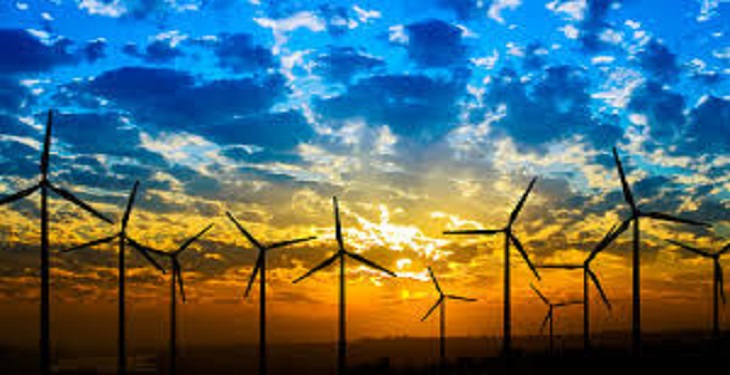The decision of the Regulatory Authority (ANRE) to reduce the share of subsidies to 8.3% of the energy produced for the renewable industry could send into bankruptcy smaller players, already struggling with negative yields for quite a while.
Players in the market told energynomics.ro that there are wind projects already closing, without mentioning, though, which.
Investors in renewables, who injected about 7-8 billion euros in Romania, found themselves suddenly with an inflation of green certificates (GC) on their hands- as the subsidy system collapsed, the market value and the related demand of the certificates fell alltogether, and only larger players coped with difficult new market conditions.
“For us this news came as a shock – practically ANRE decided that Romania does not need more renewable energy and we put all producers into bankruptcy next year,” says Moise Martin, vice president of the local capital investors’ association Patres.
“When we made the investments, the Law 220 provided for a quota increase year by year up to 20%. In 2014 we were supposed to have 15%, and we had 11.1%, in 2015 was supposed to be of 16%, and we had 11.9%, in 2016 was set at 17% initially, and we have just 12.15%. After three years the state has not respected its promise, producers’ income has dropped and has already reached below the limit of affordability, and for next year a new quota of 8.3% is provided, compared to the initial 18%, which was the base for over 8 billion of euro worth of investments in Romania,” says Moise.
Since the market is already having a surplus of over 6 million green certificates and more than half a million have expired – it was a legitimate expectation of investors for the state to remedy the situation.
“On the contrary, the situation goes from terrible to catastrophic, and we foresee that next year the coverage of the GC share will be only 45%, without taking into account the above mentioned surplus. (If we count the excess coverage decreases to 30%) … Thus Romania reached the ridiculous situation in which it says that it support renewable energy, when in reality only a third of production is sustained.”
ANRE has proposed increasing the share of certificates to 12.3%, but with continued delay of a part of GCs untill 2018, a proposal that investors considered “ridiculous”, despite the fact that would increase market coverage to 68%, if we do not count in the surplus of unsold GCs.
“If you quantify this one (e.n. the surplus of unsold GCs), we reach a coverage of below 50% – that also spells a complete disaster,” said Moise.
Among the immediate effects of the new proposals are the massive bakruptcy of some wind and solar parks, followed by the closure of production capacities, Romania’s inability to reach binding targets and energy price increases.
It will thus be marked a “total loss to Romania’s credibility for any investors in any field as a safe and attractive state for investments.”
“I think we’re a banana state that mocks investors (I would not recommend anyone to investing a cent here in any field of the economy) and do not understand who owns the stake in destructing the renewable sector… and who wins from this,” Moise concluded.

